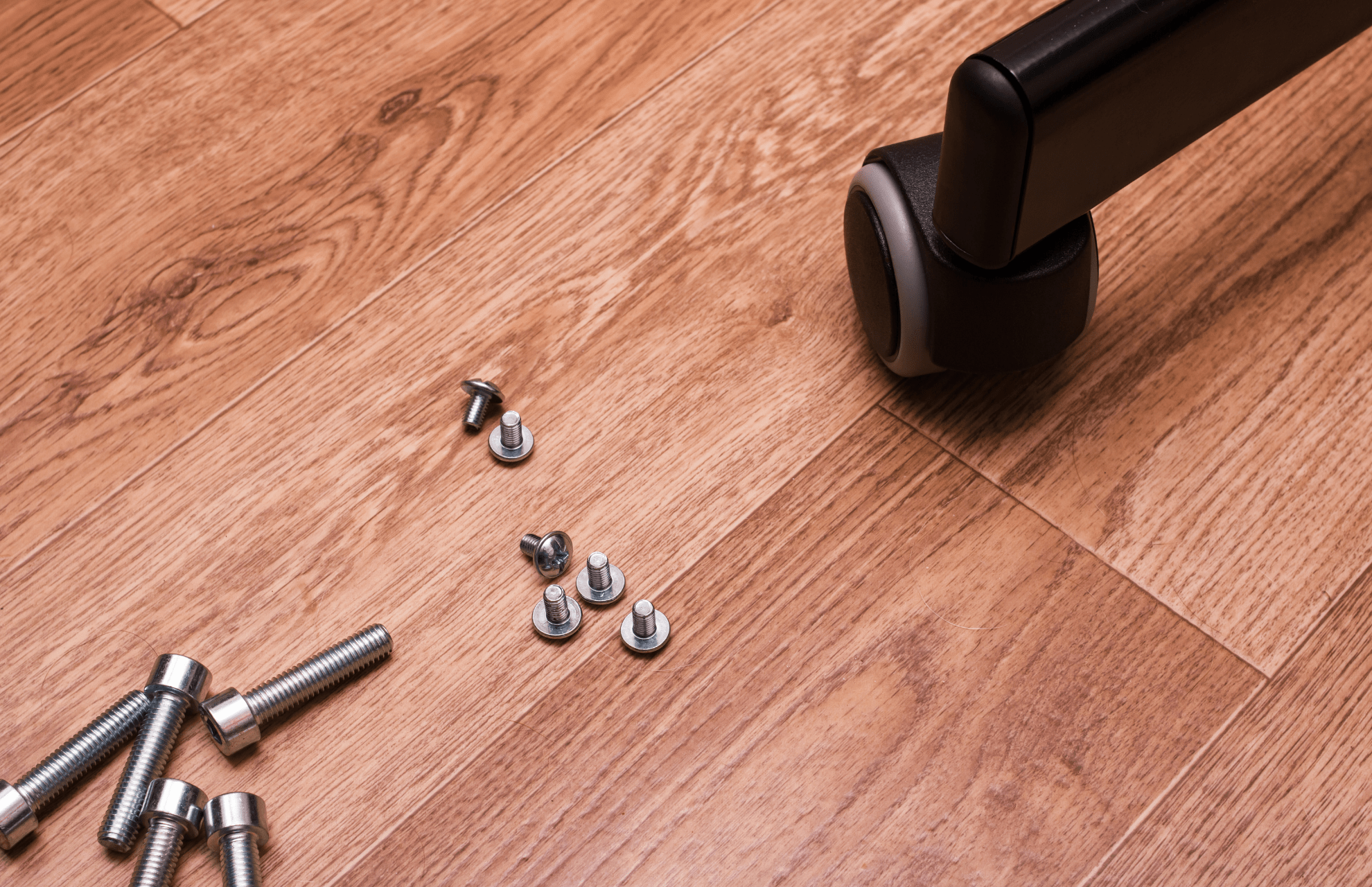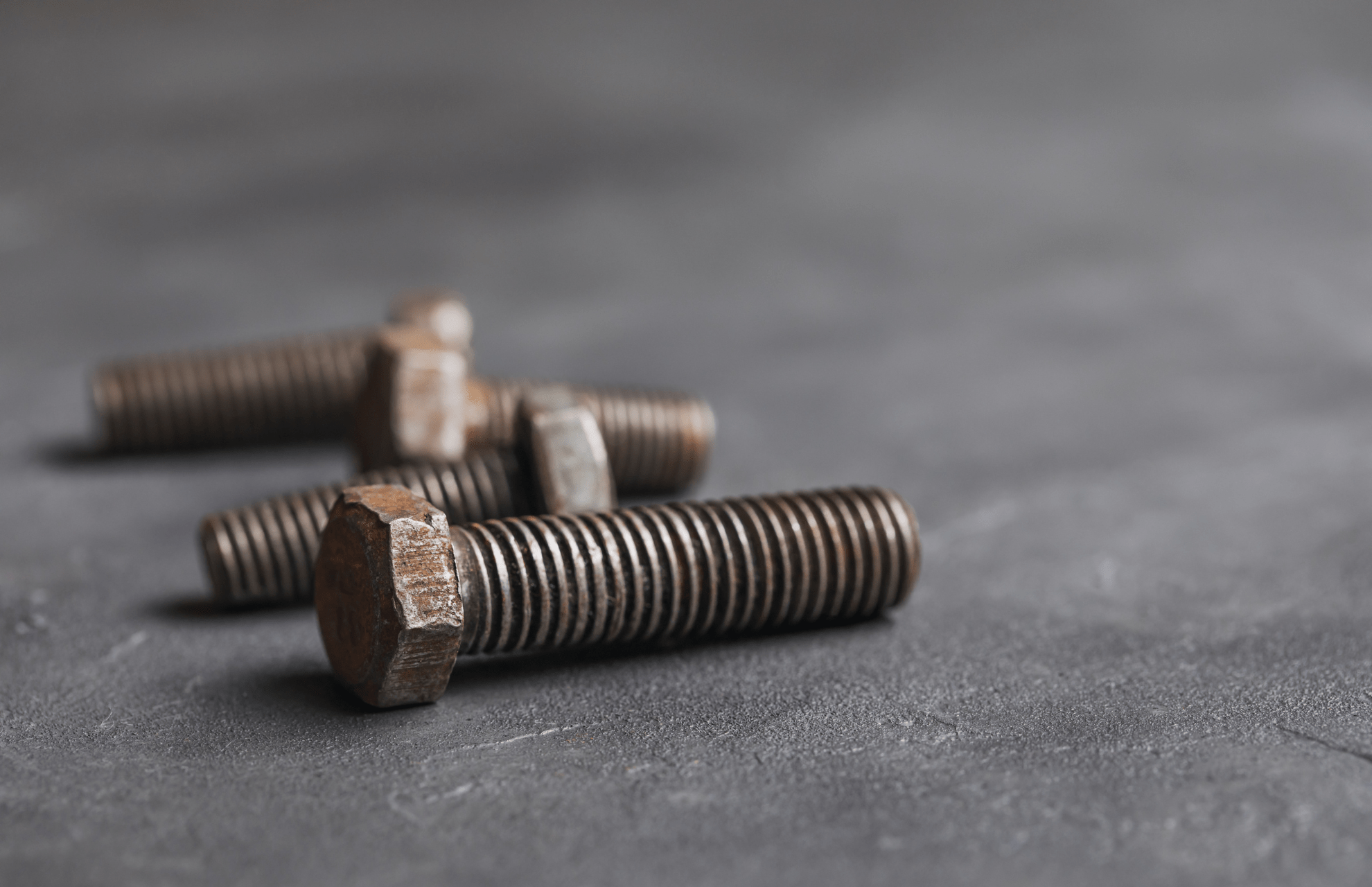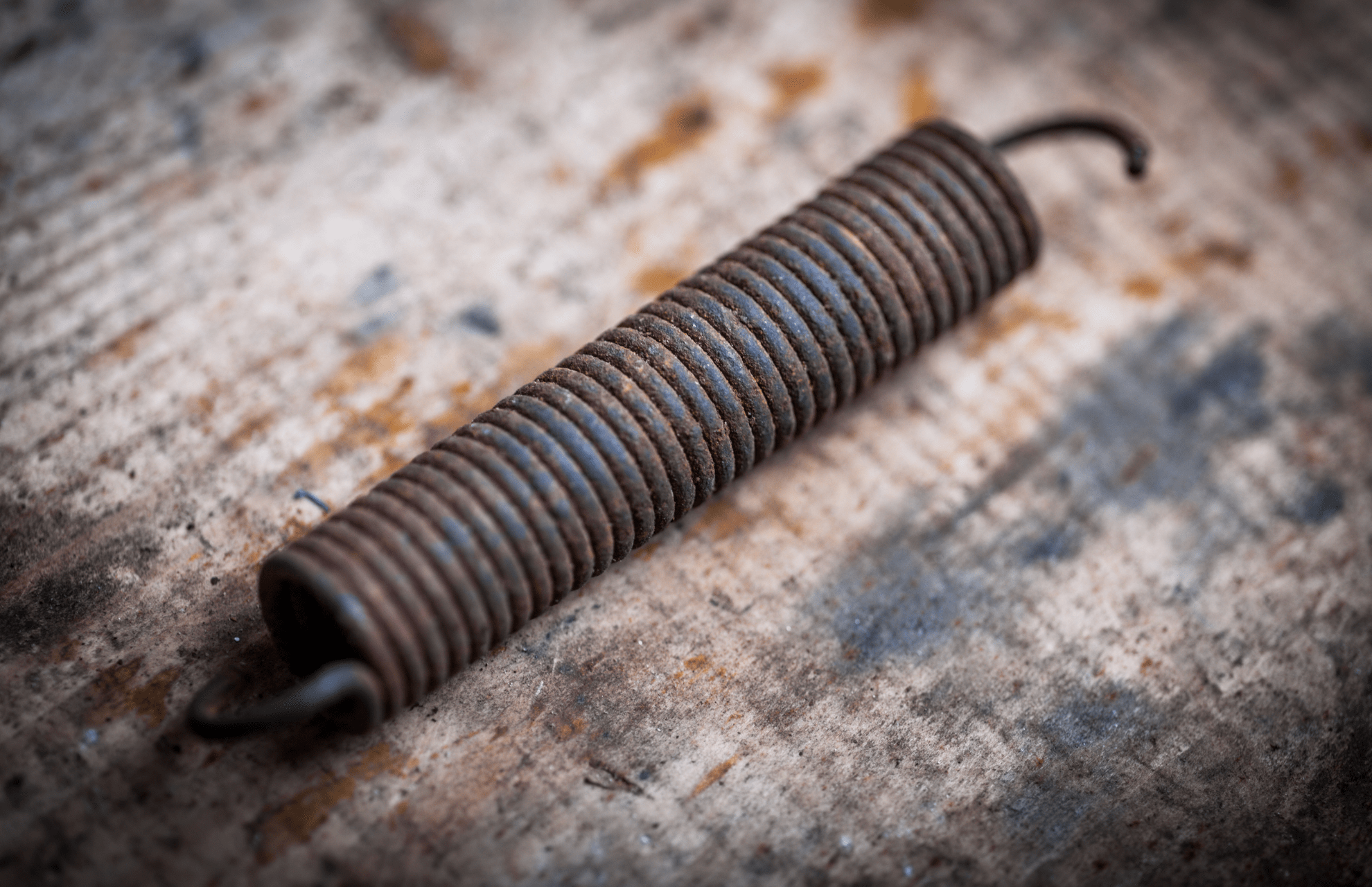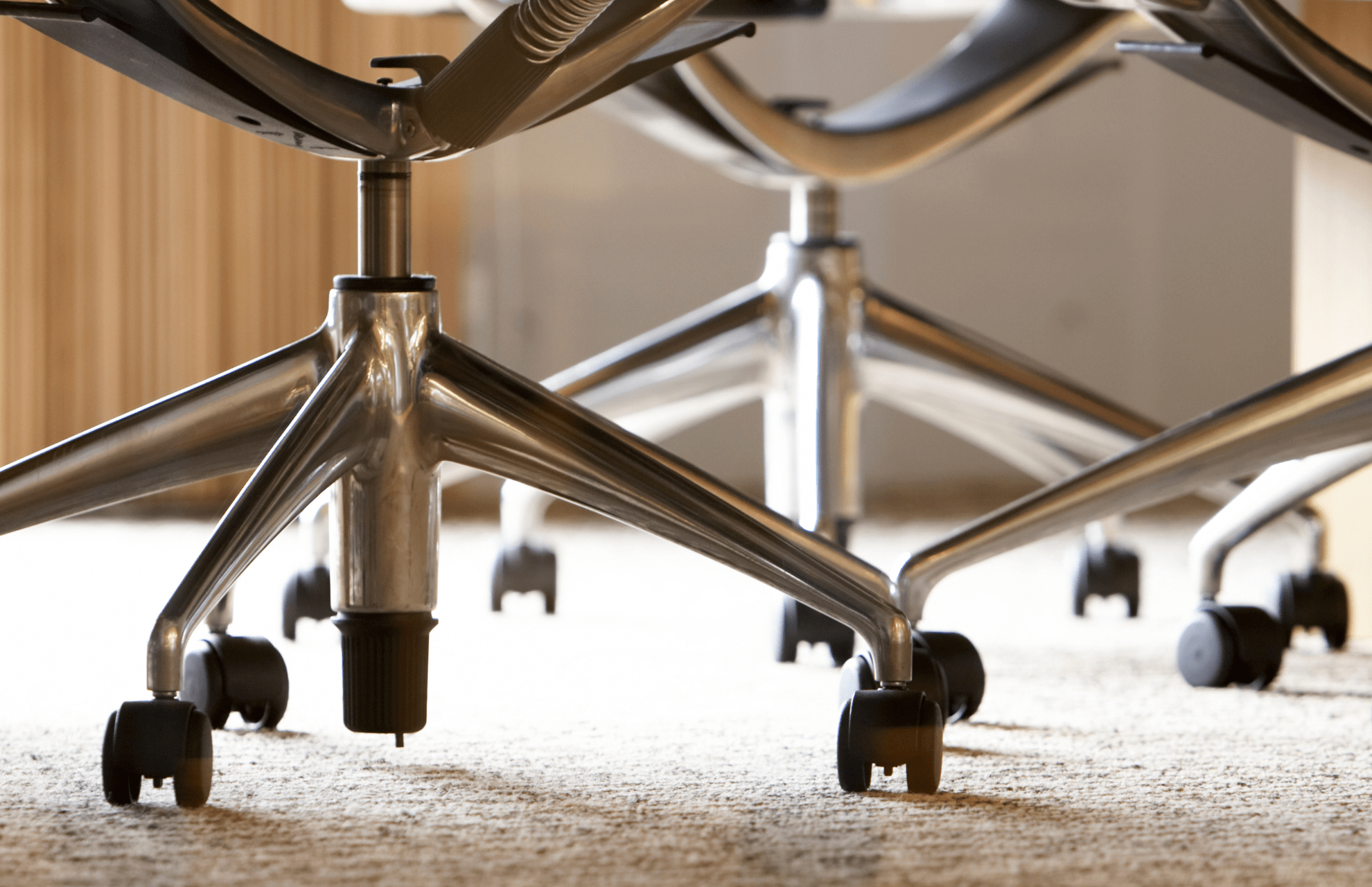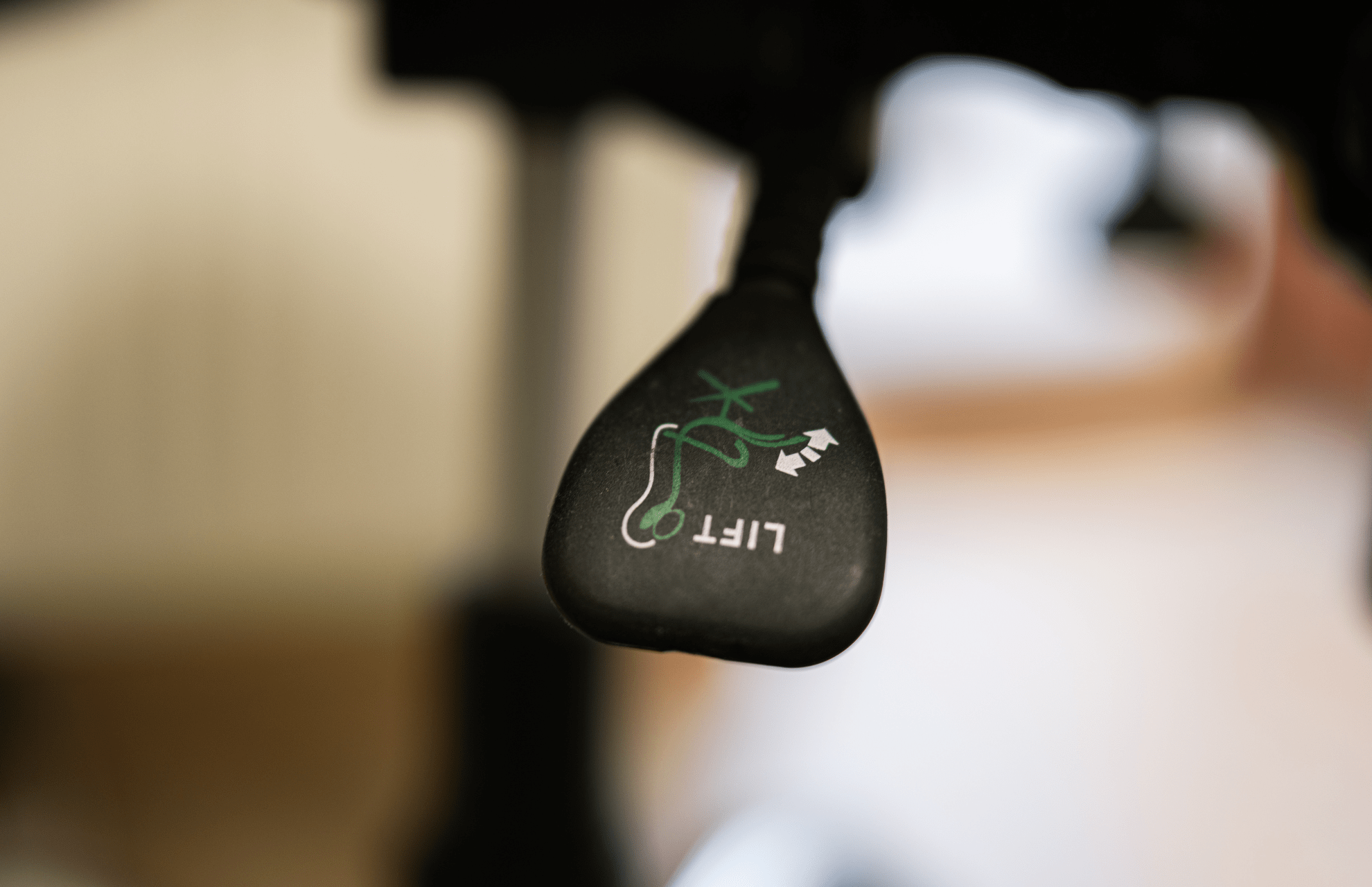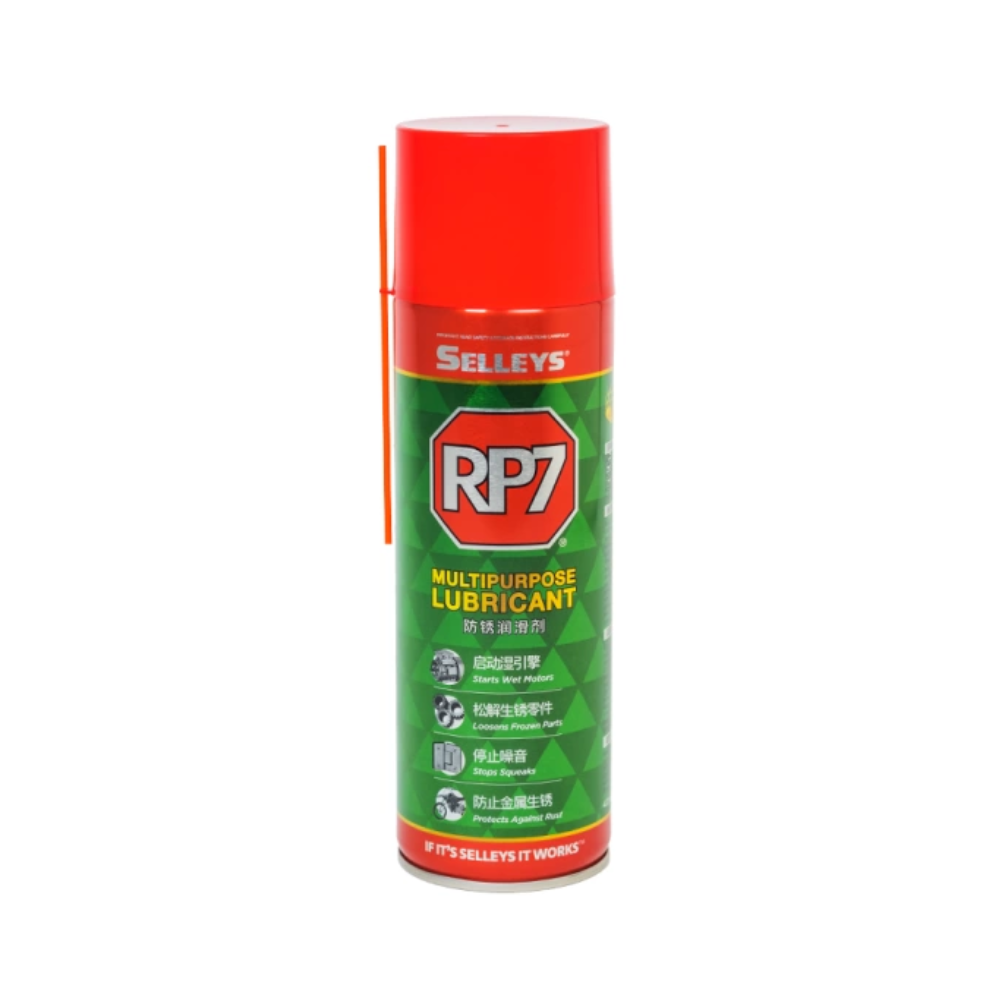Your cart is currently empty!
A squeaky office chair can be a nuisance for both you and your colleagues. The persistent sound can be distracting, especially in a quiet office environment, making it difficult to concentrate on the work at hand.
If you want to learn how to stop these annoying squeaking noises, you’re at the right place! In this article, we’ll cover the common causes of a squeaky office chair before showing you how to fix it with step-by-step instructions. Next, we’ll share tips on how to prevent squeaking noises and answer some frequently asked questions (FAQs).
Table of Contents
Common Causes Of A Squeaky Office Chair
Before learning how to fix a squeaky office chair, it’s important to first learn about some of its common causes. This includes loose or rusty screws and bolts, rusty springs and wheels, loose legs and a broken gas lift piston.
Loose screws and bolts
Loose screws and bolts are a common reason for squeaky chairs. These tiny parts can become loose for various reasons:
- They weren’t screwed tightly when the chair was being assembled.
- Temperature changes can cause the metal screws and bolts to expand and contract. As this process repeats itself over an extended period of time, the screws and bolts start to get loose.
- The constant shifting of weight on the chair can cause the screws and bolts to loosen over time.
When the screws and bolts that hold the chair together become loose, gaps are created. As a result, when pressure is applied to the chair, such as when sitting or shifting positions, the loose parts may rub against each other, causing friction and creating squeaking sounds.
Rusty screws and bolts
Metal screws and bolts can get rusty over time as they’re exposed to oxygen and moisture in the air. When rust forms, it increases the friction between the screws and other parts of the chair, resulting in squeaking sounds.
Rust can also weaken the structural integrity of the screws and bolts, making them come loose more easily. When they become loose, gaps are created and the movement between the screws and other parts of the chair may cause squeaking sounds.
Rusty springs and wheels
Springs and wheels are often overlooked components of the chair. Yet, they can also be the culprit when it comes to squeaking noises.
Rust creates a rough texture on the springs and wheels, leading to increased friction when they move. This friction results in squeaking sounds when pressure or weight is applied to the chair.
Moreover, rust can interfere with the movement of the springs and wheels. It hampers their ability to compress or roll smoothly, causing jerky or uneven motions. These irregular motions can create squeaks as the rusty parts interact with one another.
Loose legs
When the legs of a chair become loose, there is increased movement and play between the leg and its attachment point. This can result in friction between the leg and the chair frame or floor. The movement between these surfaces can create squeaking noises when pressure is applied to the chair.
Furthermore, the loose legs may wobble or shift slightly when weight is applied to the chair, causing the chair to emit squeaking sounds.
Damaged gas lift piston
The gas lift piston allows you to adjust the height of your chair. When it becomes damaged or worn out, the internal components may rub against each other, resulting in increased friction. This friction can manifest as squeaking or creaking sounds when the chair is raised or lowered.
A damaged gas lift piston can also cause misalignment between the seat and the base of the chair. As a result, the chair may tilt or wobble slightly when weight is applied. These movements can produce squeaking noises.
Note!
If you suspect that the gas lift piston is damaged, we recommend engaging a professional to fix the chair. Slight damage to the gas cylinder can cause a fire to break out.
How To Fix A Squeaky Office Chair
Fixing a squeaky office chair isn’t as hard as you think it is. Follow these easy steps below to get rid of the bothersome squeaking noises!
Step 1: Flip your chair over
To start, you’ll first need to identify the source of the squeaking. Flip the chair upside down with the legs facing the ceiling, and rest the seat on a table or countertop. You may need to remove the armrests to do this. Alternatively, you can place the chair lying flat on the floor.
Step 2: Check the chair thoroughly
Now that the chair is in position, you can easily check each part for:
- Loose or misaligned screws and bolts
- Loose parts or joints
- Rust
- Damage or wear and tear
Step 3A: Tighten the screws and bolts
If you notice loose screws or bolts when checking your chair, all you need to do is tighten them. On the other hand, if you notice misaligned screws, remove them completely before screwing them back in properly.
Step 3B: Spray a lubricant
For rusty parts, spray some lubricant to reduce the friction caused by the rust. This will help with the squeaking noises!
If you’re unsure of which lubricant to choose, you can try Selleys RP7. It’s a multipurpose spray designed to penetrate and lubricate rusty parts and stop squeaking noises. Additionally, it can prevent rust from forming by displacing moisture.
Just spray some RP7 onto the affected area and let it sit for 5 minutes. To protect against future rusting, make sure to spray this solution periodically on the affected areas.
Note!
Selleys RP7 is safe for use on metal, rubber and plastic surfaces. However, it’s flammable so avoid using it on wooden surfaces.
Step 3C: Replace worn-out parts
If certain parts of the chair are particularly worn out, you may need to replace the necessary parts or even the entire chair.
Tips To Prevent Your Office Chair From Squeaking
Now that your chair has finally stopped squeaking, here are some tips to prevent this issue from happening again!
Check the mechanisms and connecting parts periodically
Rusty parts can cause your office chair to make squeaking noises. Thus, it’s important to check your chair from time to time for any signs of rust. If you notice rust forming, quickly clean it off with Selleys RP7 or a lubricant.
Additionally, you’ll want to check that the screws and bolts on your chair are screwed tightly. Any loose or worn-out parts should be tightened or replaced immediately to prevent squeaks.
Clean the wheels of the chair regularly
While this doesn’t usually occur, dirt and debris found on the casters of wheels can sometimes create friction that manifests as squeaky sounds. Hence, cleaning the wheels of your office chair regularly can help to prevent this from occurring.
Additionally, you may want to sweep or vacuum the floor every week to prevent the wheels from picking up dirt.
FAQs About Fixing A Squeaky Office Chair
What types of lubricant can I use on squeaky chairs?
Aside from Selleys RP7, you can try the following lubricants:
• Silicone-based lubricant: Silicone-based lubricants generally come in spray cans. They can be used for office chairs made of metal, plastic or rubber.
• Penetrating oil: Aside from lubricating surfaces, penetrating oil can remove dirt and rust easily. While it’s suitable for use on metal surfaces, it shouldn’t be used on chairs made of plastic, rubber, wood or vinyl.
• Polytetrafluoroethylene (PTFE): PTFE is a lubricant that reduces friction between surfaces without the use of oils. You may, however, want to take note that this substance isn’t waterproof.
• Beeswax: Beeswax is ideal for lubricating wooden office chairs as it offers a natural solution that won’t damage or stain wood. Moreover, it’s suitable for cleaning and maintaining leather surfaces.
Can I use olive oil on a squeaky chair?
Yes, you can! Simply pour a small amount of olive oil onto a clean cloth or paper towel and rub it on the affected area.

